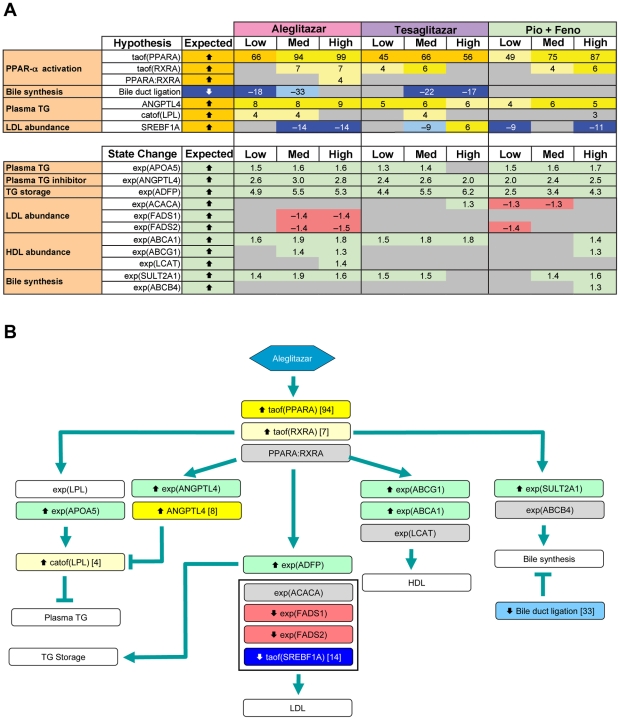Figure 5. PPAR-α signaling, lipid metabolism-associated RNA changes and inferred signaling pathways.
(A) Observed RNA state changes and Causal Network Modeling–based predictions of PPAR-α signaling and lipid metabolism upon treatment with aleglitazar, tesaglitazar or Pio/Feno. See Figure 2A for treatment dosages. “Bile duct ligation” is known as a “proxy” hypothesis and describes the finding that changes in gene expression observed in the current experiments are consistent with gene expression modulations in other experiments where bile duct ligation was the perturbation. Similarly “Response to osmotic stress”, “Reponse to shear stress”, “Corticotropin”, “Response to DNA damage stimulus”, “shear stress” and “Response to stress-inducing agents” (e.g. nelfinavir) are also proxy hypotheses. (B) Molecular signaling pathways, predicted by RNA state changes shown in panel A, that could lead to changes in lipid parameters. Depiction is based on data derived from treatment with the medium concentration of aleglitazar. Numbers in the blue or yellow boxes indicate the number of gene expression state changes that support the inference: negative numbers indicate an inferred decrease and positive numbers indicate an inferred increase. Numbers in the green or red boxes indicate the log fold change. HDL, high-density lipoprotein; LDL, low-density lipoprotein; Med, medium; TG, triglycerides.

